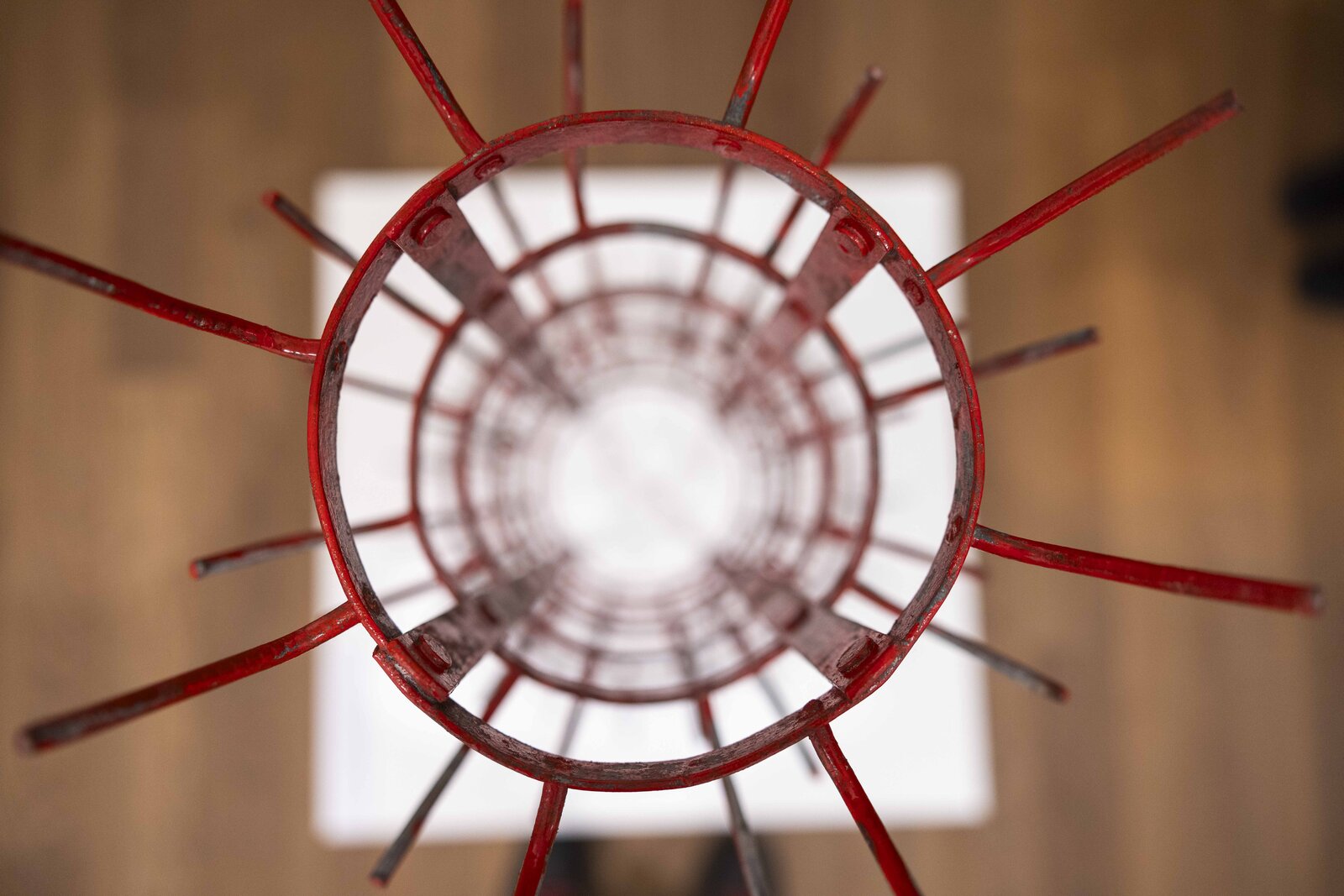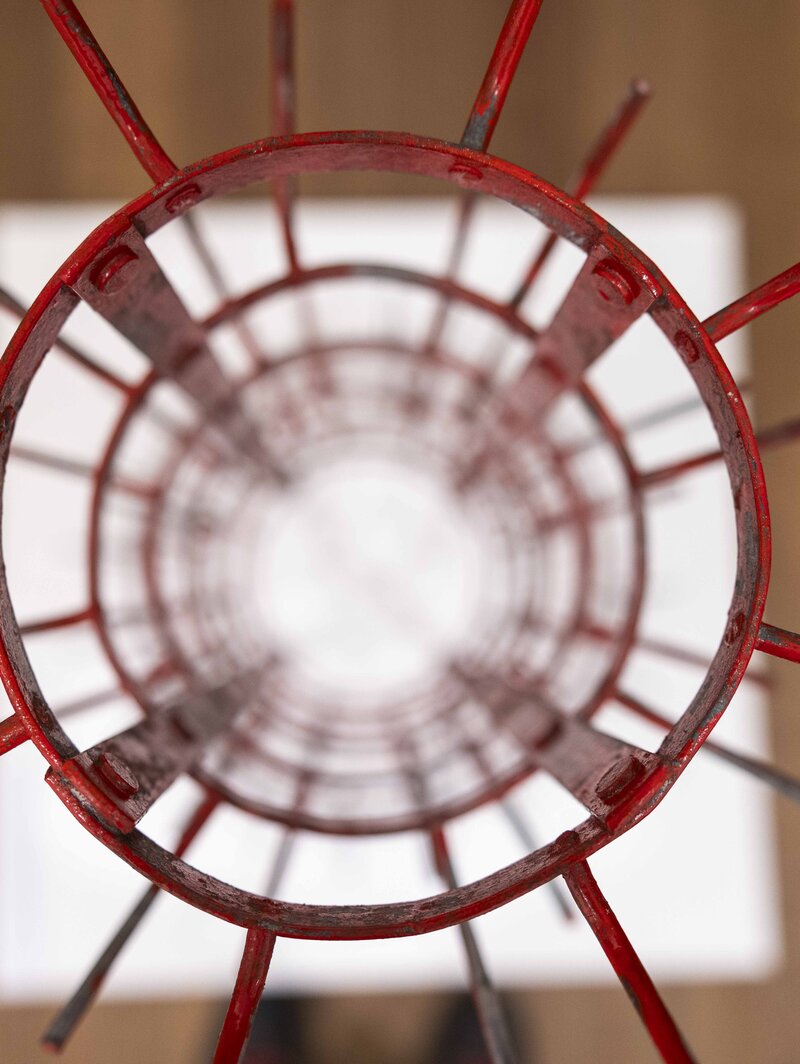Gábor Attalai research project, fine art exhibition and catalogue


Gábor Attalai was one of the most important members of the Hungarian artistic generation of the early 1960s. At the beginning of his career, after graduating from the Hungarian Academy of Applied Arts in 1958, he created abstract paintings loosely connected to the Zugló Circle, but also to the Paris School, and very early on he became a key figure in Hungarian textile art: in 1968 he organised the exhibition Textile Wall Painting '68 at Ernst Museum.
His felt sculptures and spatial textiles were often linked to the international minimal art tradition, frequently evoking folk art traditions. In the second half of the 1960s, Attalai was confronted with the phenomenon of the 'immaterilaisation' of art, and his conceptual work, which was parallel to his 'official' textile art and also saturated with political references, became increasingly important. He created works related to body art, land art, mail art and project art, environments, photographic works, collages, text works and so-called 'red-y made' works. The exhibition at Dubniczay Palace and the accompanying publication present a selection of Attalai's conceptual works. These are the works that made the artist part of international networks at an extremely early stage.

